When vaccines are not available, alternative strategies are required to decrease SARS-CoV-2 transmission. Behavior of the population and government regulations, such as hand hygiene, quarantine of exposed persons, isolation of symptomatic persons, and travel restriction, play an essential role in…
Tag: face masks
AI-driven dynamic face mask adapts to exercise, pollution levels
Researchers reporting in ACS Nano have developed a dynamic respirator that modulates its pore size in response to changing conditions, such as exercise or air pollution levels, allowing the wearer to breathe easier when the highest levels of filtration are not required.
Contrary to Online Video’s Claim, masks are effective at reducing the spread of COVID-19
Dr. Julie Swann, A. Doug Allison Distinguished Professor and Department Head at NC State University debunks the claim that face masks can’t block viruses such as COVID-19.
Normal Breathing Sends Saliva Droplets 7 Feet; Masks Shorten This
The WHO and the CDC recommend keeping a certain distance between people to prevent the spread of COVID-19. These social distancing recommendations are estimated from a variety of studies, but further research about the precise mechanism of virus transport is still needed. In Physics of Fluids, researchers demonstrate normal breathing indoors without a mask can transport saliva droplets capable of carrying virus particles to a distance of 2.2 meters in a matter of 90 seconds.
Balancing Speech Intelligibility, Face Covering Effectiveness in Classrooms During the Pandemic
A better understanding of the impacts of face masks and shields on acoustic transmission in classrooms could help optimize educational settings. During the 180th ASA Meeting, Laura and Rich Ruhala from Kennesaw State University will talk about how various types of face coverings may affect students’ understanding of their teacher. Their presentation, “Acoustical transmission of face coverings used to reduce coronavirus transmission in a classroom environment,” will take place Tuesday, June 8.
Acoustics in Focus: Virtual Press Conference Schedule for 180th Meeting of Acoustical Society of America
Press conferences at the 180th ASA Meeting will cover the latest in acoustical research during the Acoustics in Focus meeting. The virtual press conferences will take place each day of the meeting and offer reporters and outlets the opportunity to hear key presenters talk about their research. To ensure the safety of attendees, volunteers, and ASA staff, Acoustics in Focus will be hosted entirely online.
Claims That Masks Are Irrelevant Put People at Risk
The claim that you don’t have to wear a mask after receiving the COVID-19 vaccine has been circulating on social media and told by conservative media pundits such as Tucker Carlson and Rep. Jim Jordan.
Women had “alarmingly high rates” of mental health problems during start of the pandemic
With research increasingly showing the COVID-19 virus is transmissible via smaller droplets suspended in air, there is growing concern current guidelines of mask wearing and social distancing are insufficient in indoor environments where people tend to be in close quarters. In AIP Advances, researchers in India show social distancing is equally as important as mask wearing when people indoors are just breathing or participating in normal conversation, even when there is no risk of coughing or sneezing.
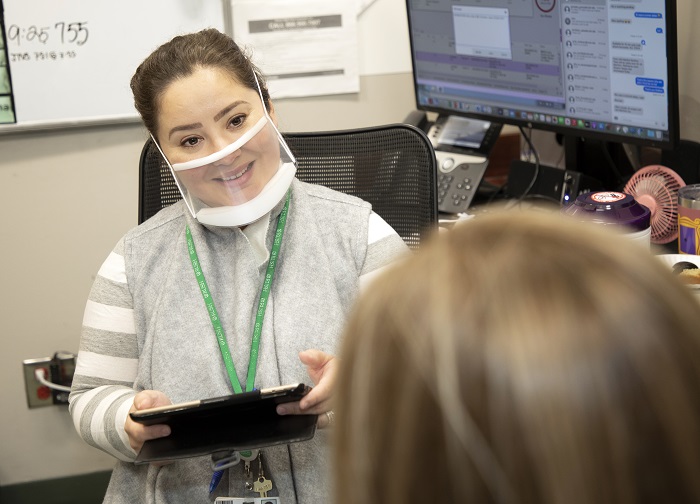
Making Communication Clearer During COVID-19
Realizing that wearing a mask can make communication harder for people with hearing loss, Rush University Medical Center is now offering transparent face masks. These clear masks can help ease stressful situations and it make it less likely for information to be misinterpreted.
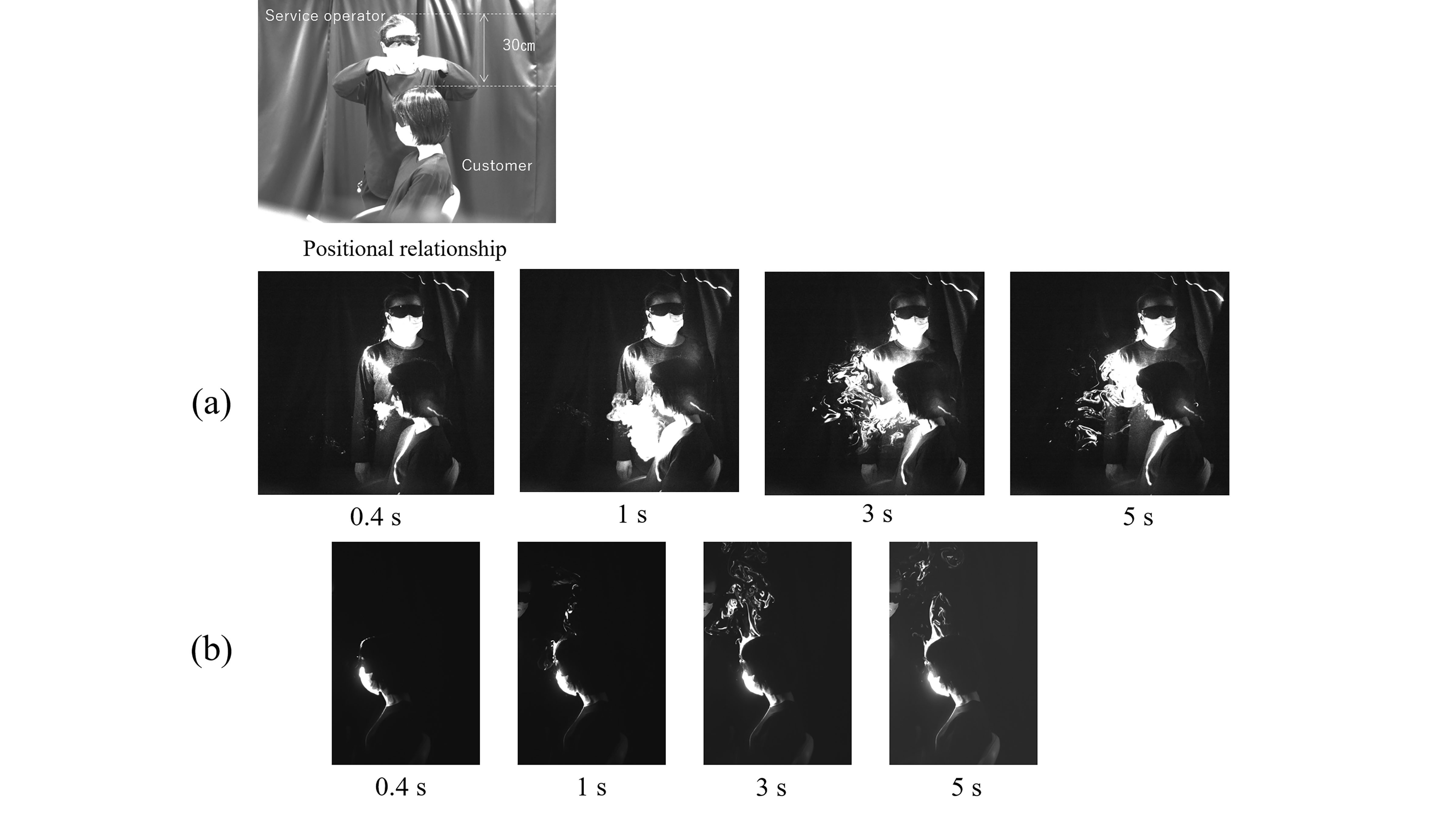
Simply Speaking While Infected Can Potentially Spread COVID-19
COVID-19 can spread from asymptomatic but infected people through small aerosol droplets in their exhaled breath. Most studies of the flow of exhaled air have focused on coughing or sneezing; however, speaking while near one another is also risky. In Physics of Fluids, scientists used smoke and laser light to study the flow of expelled breath near and around two people conversing in various relative postures commonly found in the service industry, such as in hair salons, medical exam rooms, or long-term care facilities.
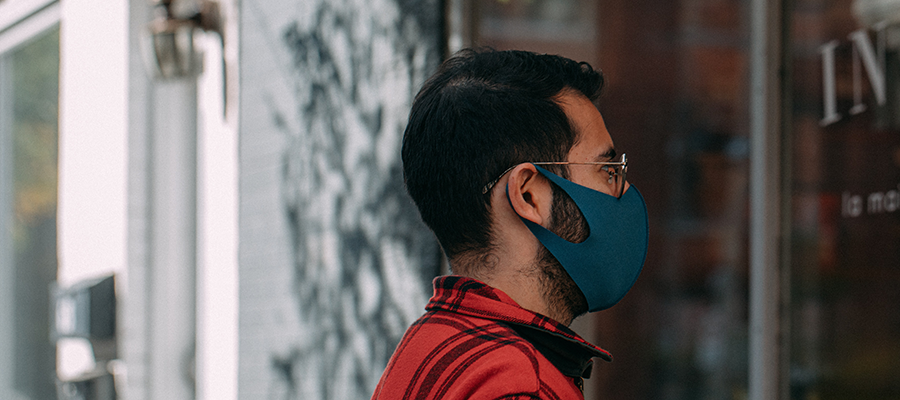
UCLA Fielding School of Public Health Researchers Say Mask Mandates Could add $1 Trillion to the U.S. GDP
The team, including UCLA Fielding School of Public Health professors Anne Rimoin and Christina Ramirez, found that near-universal adoption of nonmedical masks in public, combined with complementary public health measures, could successfully eliminate spread of the infection. and add $1 Trillion to the U.S. GDP.
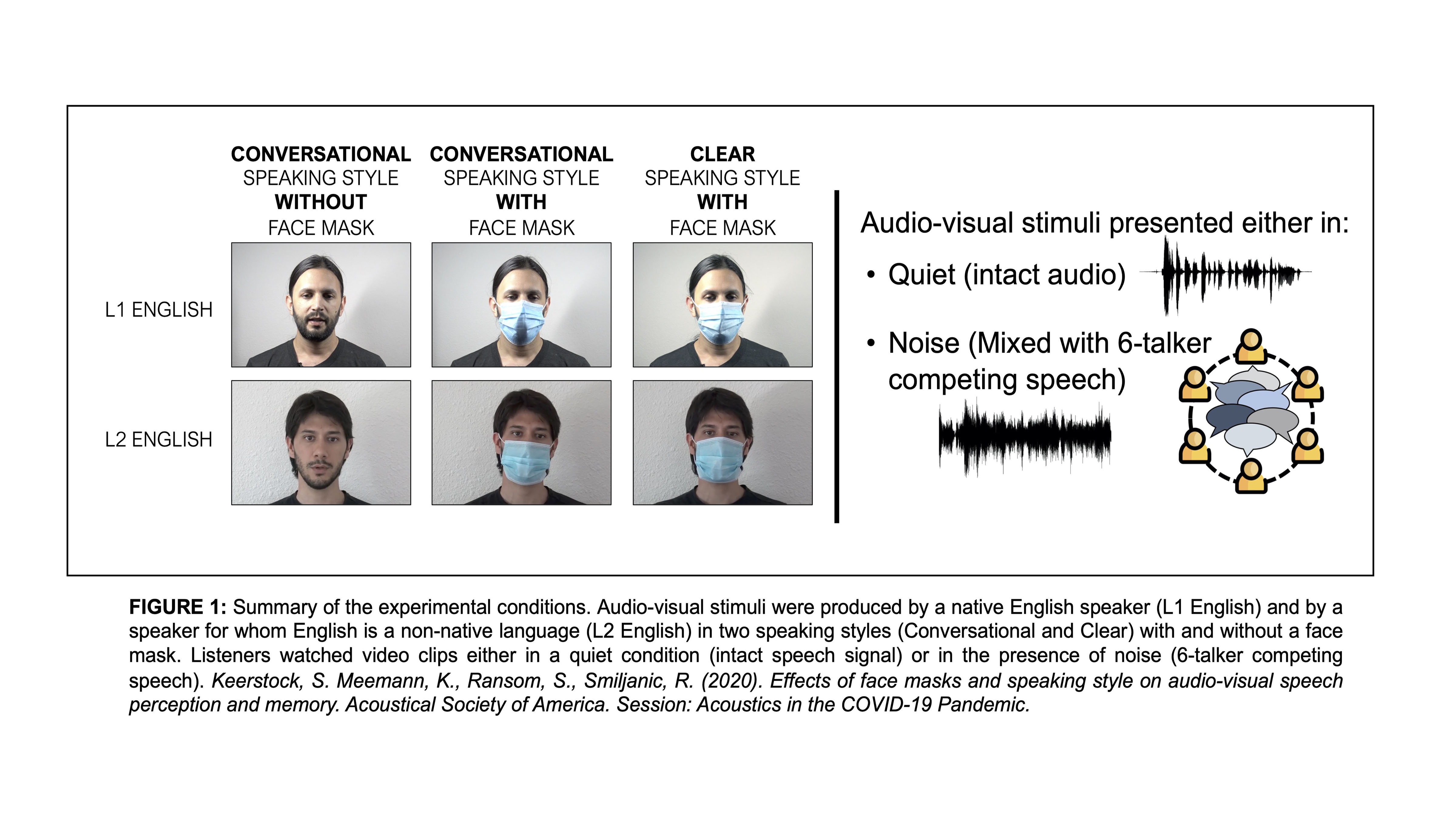
Face Masks Provide Additional Communication Barrier for Nonnative Speech
Though face masks are important and necessary for controlling the spread of the new coronavirus, they result in muffled speech and a loss of visual cues during communication. Sandie Keerstock, Rajka Smiljanic, and their colleagues examine how this loss of visual information impacts speech intelligibility and memory for native and nonnative speech. They will discuss these communication challenges and how to address them at the 179th ASA Meeting, Dec. 7-10
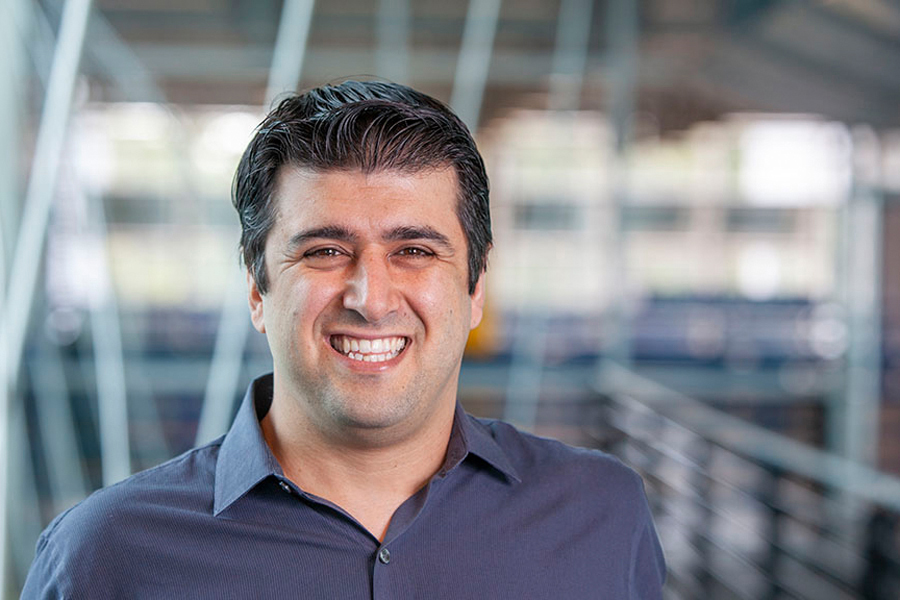
FSU researchers investigate how face shape affects COVID-19 mask performance
Face masks are helpful in preventing the spread of COVID-19, but researchers believe they can be made even more effective, something that has implications far beyond the current pandemic as masks could become a more commonly used public health intervention. Kourosh Shoele, an assistant professor in the Department of Mechanical Engineering at the FAMU-FSU College of Engineering, is part of a team that has received an $800,000 grant from the National Science Foundation to improve the efficacy of face masks as a defense against COVID-19 and other pathogens.
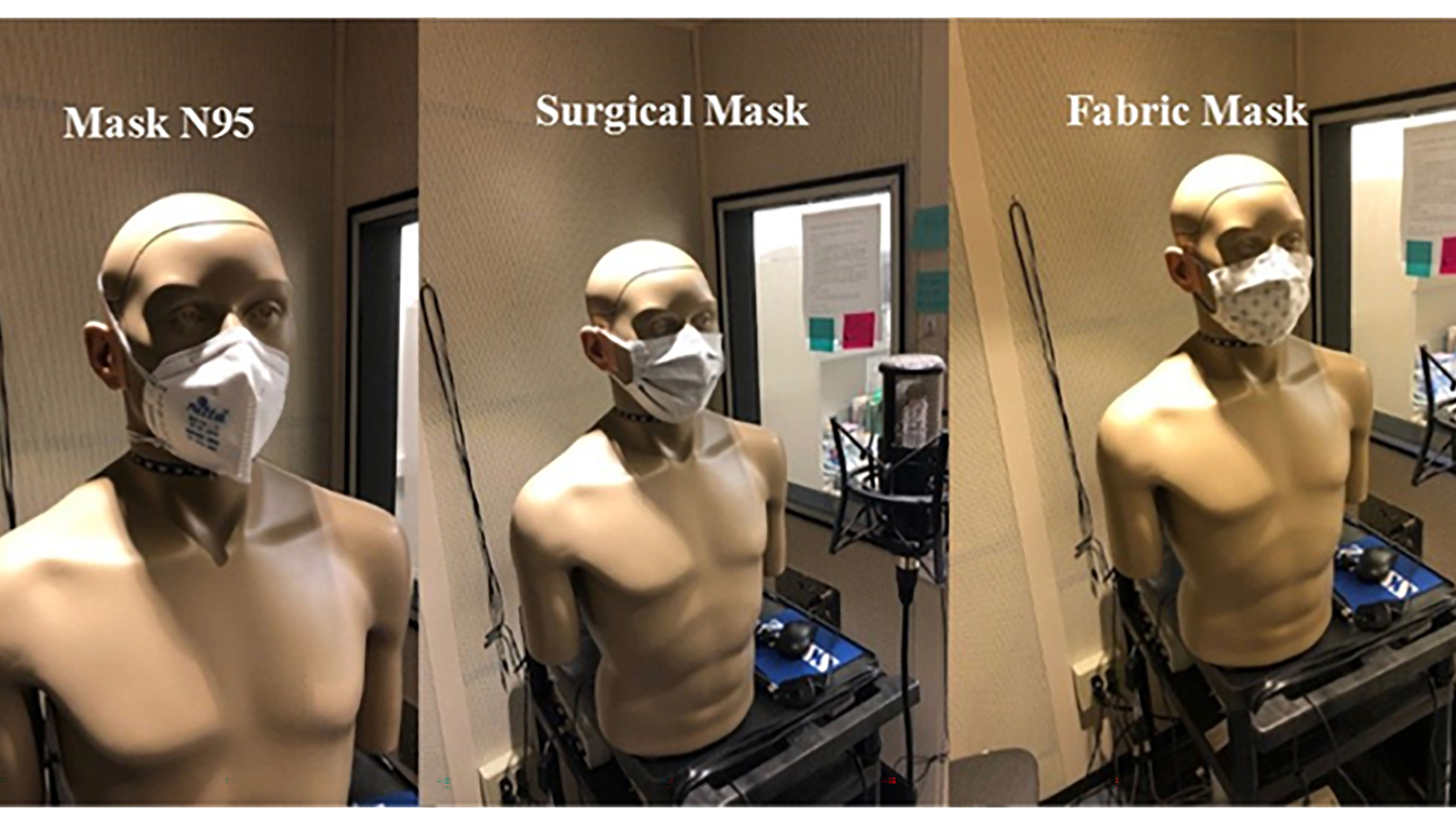
Masked Education: Which Face Coverings are Best for Student Comprehension?
With the ubiquity of masks due to the coronavirus pandemic, understanding speech has become difficult. This especially applies in classroom settings, where the presence of a mask and the acoustics of the room have an impact on students’ comprehension. Pasquale Bottalico has been studying the effects of masks on communication. He will discuss his findings on the best way to overcome hurdles in classroom auditory perception caused by facial coverings at the 179th ASA Meeting.
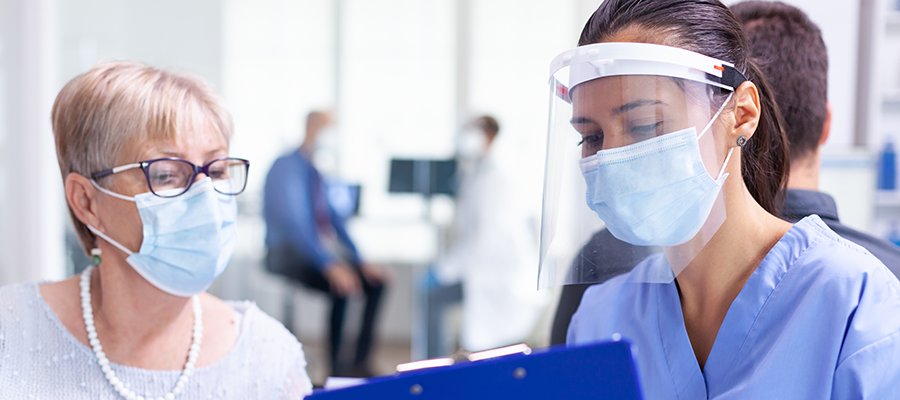
Simple Cloth Masks Provide Significant Protection Against COVID-19 Transmission
UCLA Fielding School of Public Health research finds that even a simple cloth mask reduces the spread of COVID-19 respiratory droplets by 77 percent.
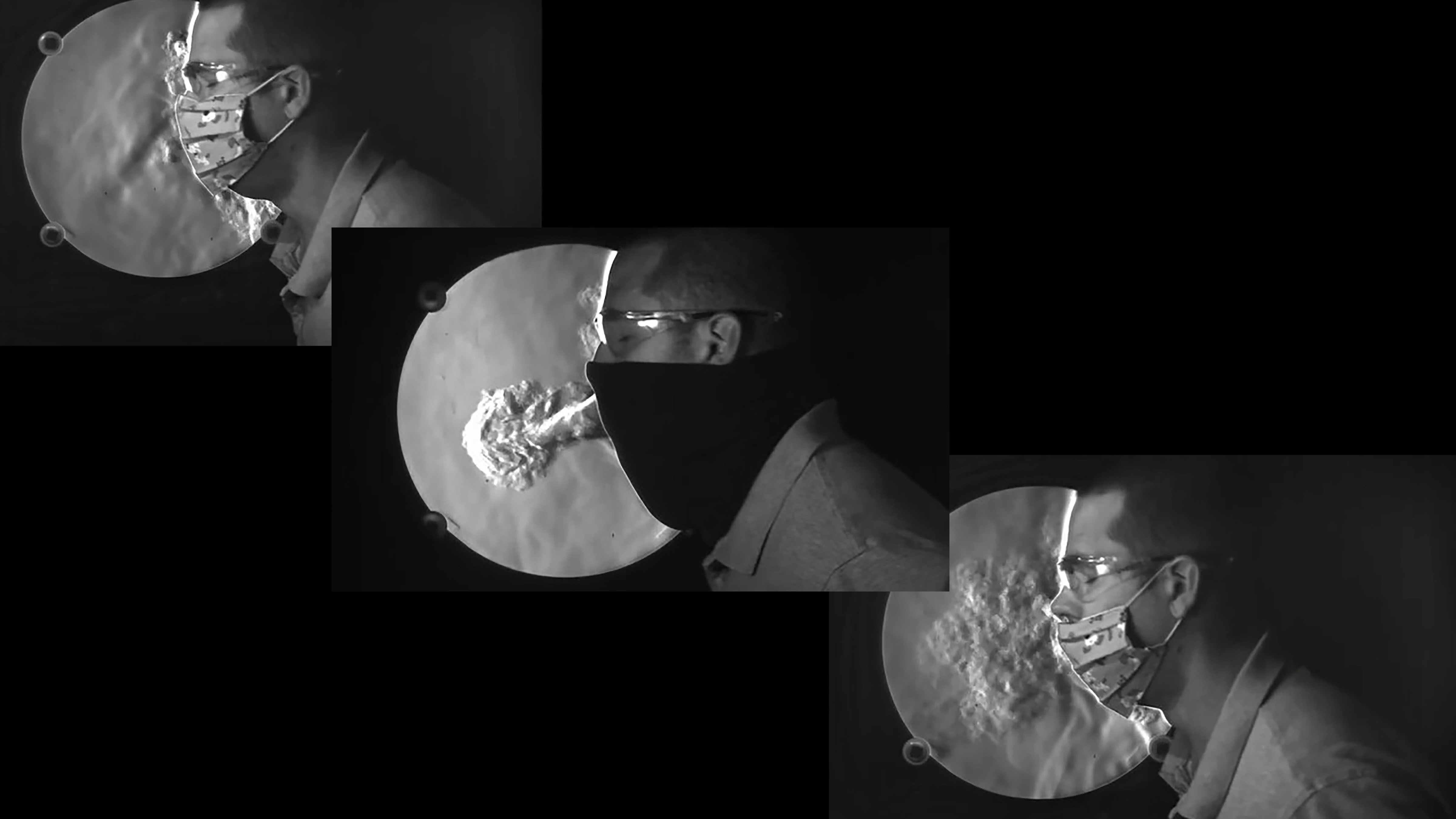
Valves on N95 Masks Do Not Filter Exhaled Droplets
Matthew Staymates, fluid dynamicist at the National Institute of Standards and Technology, is studying different mask types to determine which are the most effective at reducing disease transmission. In Physics of Fluids, he describes exploring the basic flow dynamics of N95 masks with or without exhalation valves. To do this, he generates stunning video from his schlieren imaging, a method to visualize the fluid flow away from the surface of an object, and light scattering.

What’s That Growing on Your Face Mask?
Many people reuse masks and other face coverings many times without sanitizing them. That is likely because current sanitization methods can be cumbersome. A new device using a hanging rack and UV-C light can sterilize up to six masks and other items simultaneously and quickly, killing bacteria, yeasts, mold spores, and viruses. This device has shown its efficacy against pathogens including the highly-contagious E-coli, which was eradicated in about one minute.
UCLA Health infectious disease experts tout critical role mask wearing plays in limiting spread of COVID-19
With thousands of new cases logged daily and a vaccine to fight COVID-19 still in development, UCLA Health infectious disease experts are encouraging people to continue to wear masks as the best method of protecting against virus transmission.
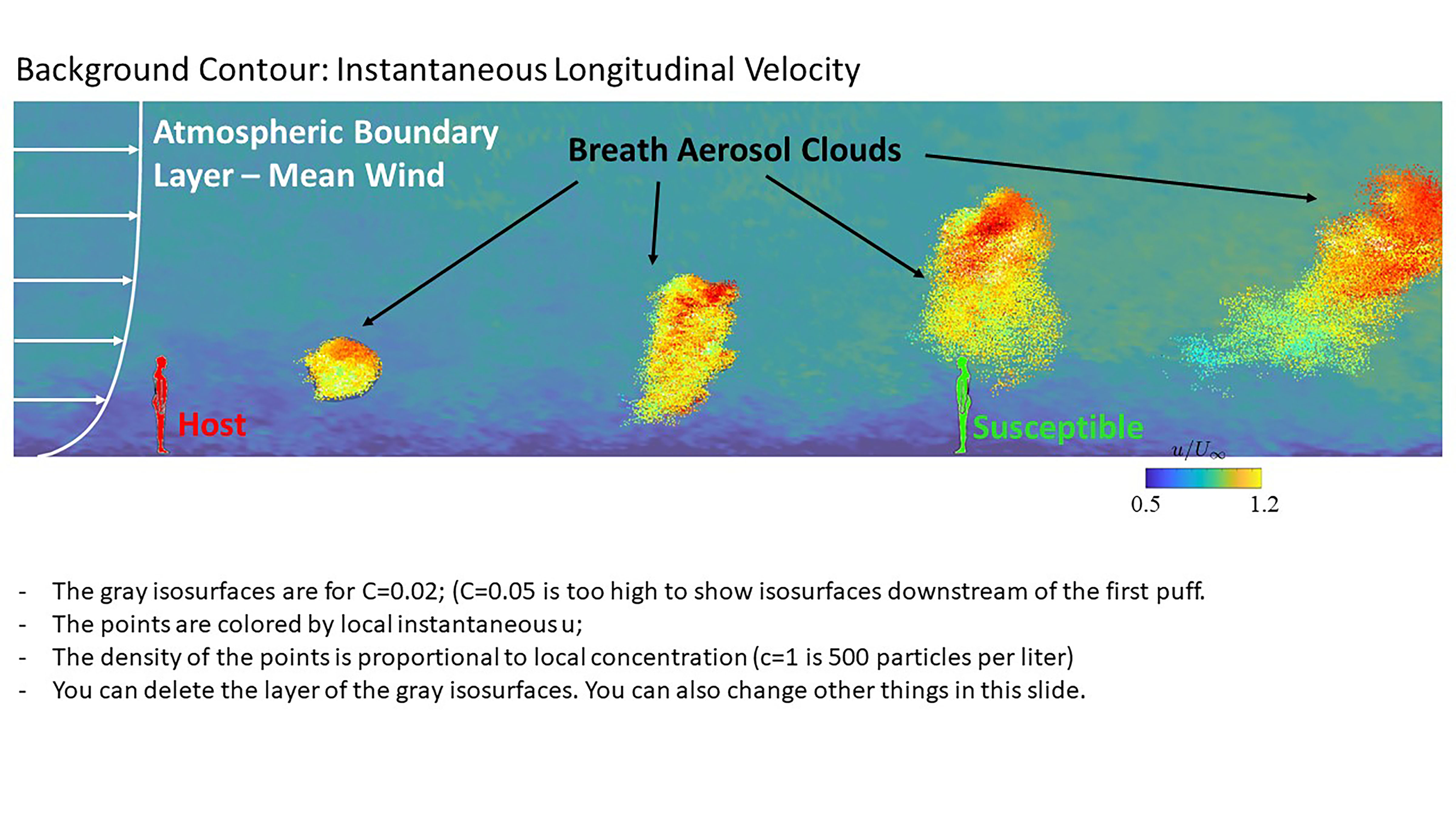
Estimating Risk of Airborne COVID-19 with Mask Usage, Social Distancing
In Physics of Fluids, researchers used a model to understand airborne transmission that is designed to be accessible to a wide range of people, including nonscientists. Employing concepts of fluid dynamics and factors in airborne transmission, they propose the Contagion Airborne Transmission inequality model. While not all factors may be known, it can still be used to assess relative risks. The researchers determined protection from transmission increases with physical distancing in an approximately linear proportion.

COVID-19 Cough Clouds in Closed Spaces
As the pandemic continues, researchers have increasingly focused on the extent to which respiratory droplets carrying the coronavirus travel and contaminate the air after an infected person coughs. While scientists have studied the properties of air at the mouth, less is known about how these properties change as the cough cloud travels. In Physics of Fluids, researchers estimate the evolving volume of the cough cloud and quantify the reduction in its volume in the presence of a face mask.
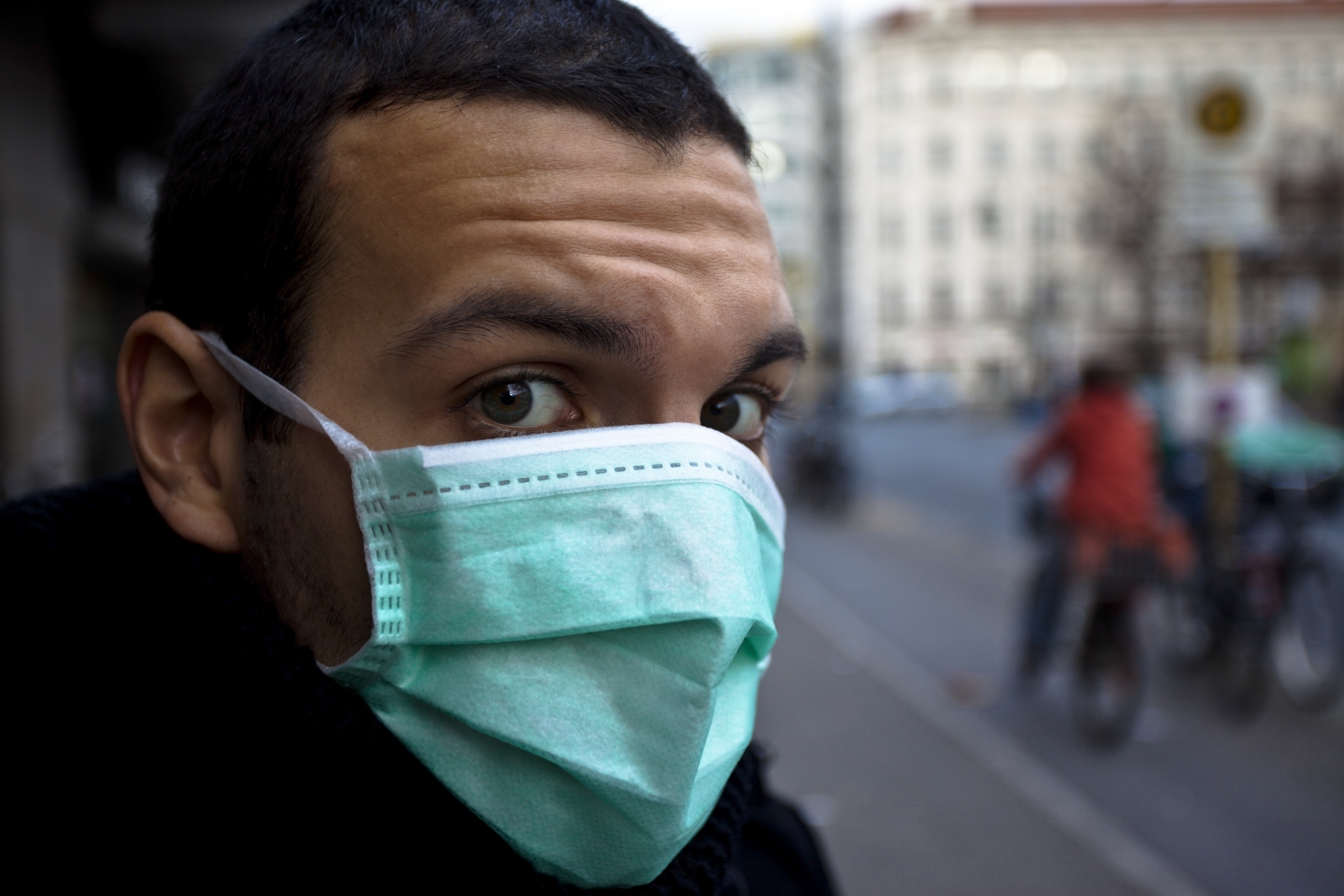
Face Masks Unlikely to Cause Over-exposure to Carbon Dioxide, Even in Patients with Lung Disease
New research findings contradict statements linking wearing face masks to carbon dioxide poisoning by trapping CO2. During the COVID-19 pandemic the wearing of face masks has become a highly political issue with some individuals falsely claiming that wearing face masks may be putting people’s health at risk. The study published in the Annals of the American Thoracic Society shows otherwise.
FDA Guidance Fails to Ensure Security of 3D-Printed Masks and PPE
New Brunswick, N.J. (Sept. 16, 2020) – FDA guidelines for making 3D-printed masks, face shields and other personal protective equipment (PPE) in the COVID-19 era fail to defend against cyberattacks, according to Rutgers and Georgia Tech engineers. Due to the…
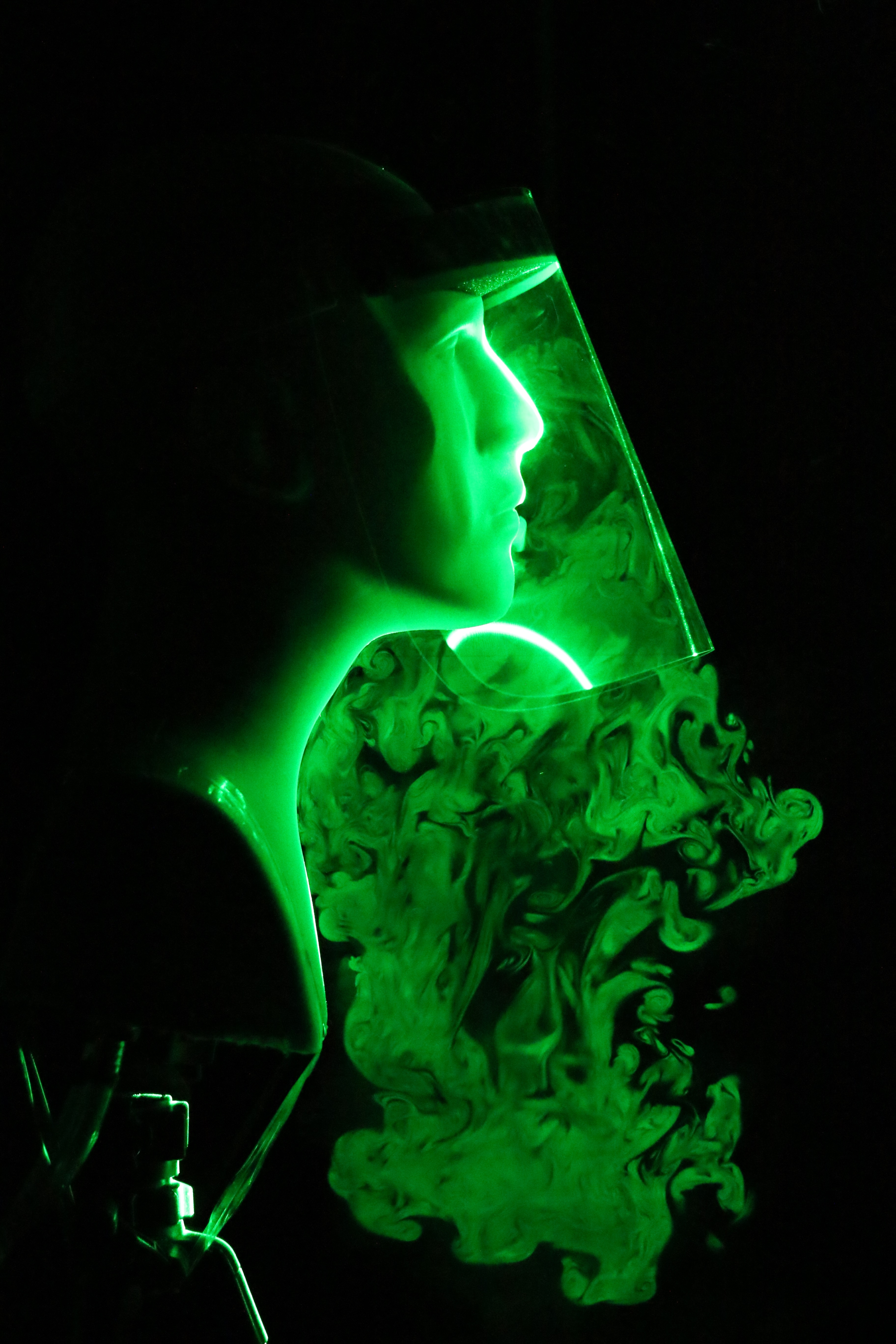
Face Shield or Face Mask to Stop the Spread of COVID-19?
If CDC guidelines aren’t enough to convince you that face shields alone shouldn’t be used to stop the spread of COVID-19, then maybe a new visualization study will. Researchers simulated coughing and sneezing from a mannequin’s mouth using a laser light to visualize droplets expelled. They tested a plastic face shield and found that they block the initial forward motion of the exhaled jet, however, aerosolized droplets are able to move around the visor with relative ease.
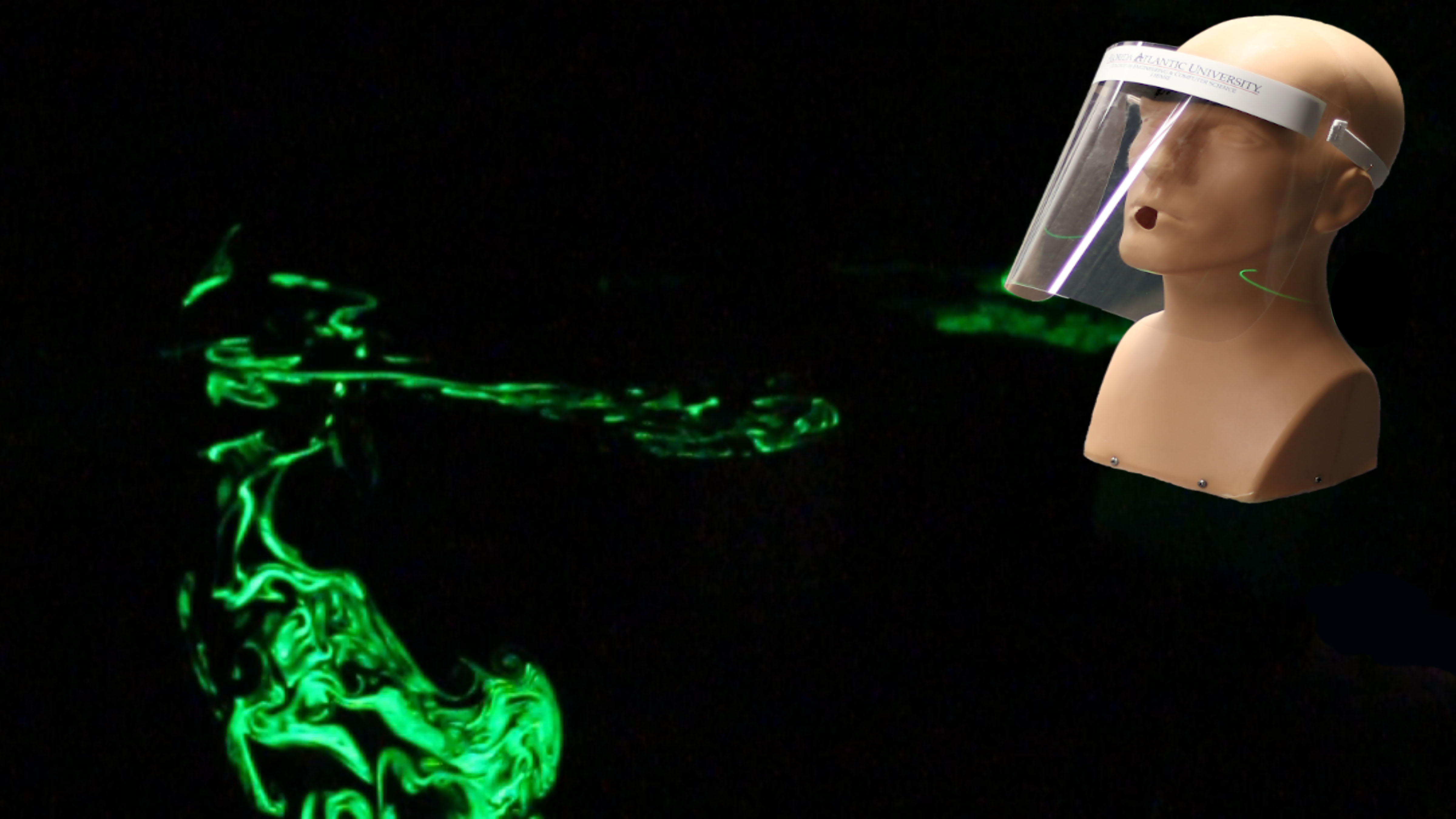
Face Shields, Masks with Valves Ineffective Against COVID-19 Spread
As countries experience a steep surge in COVID-19 infections, face masks have become increasingly accepted as an effective means for combating the spread of the disease when combined with social distancing and frequent hand-washing. Increasingly people are using clear plastic face shields and masks with exhalation valves instead of regular cloth or surgical masks, since they can be more comfortable. In a paper published in Physics of Fluids, researchers investigate whether they are as effective.
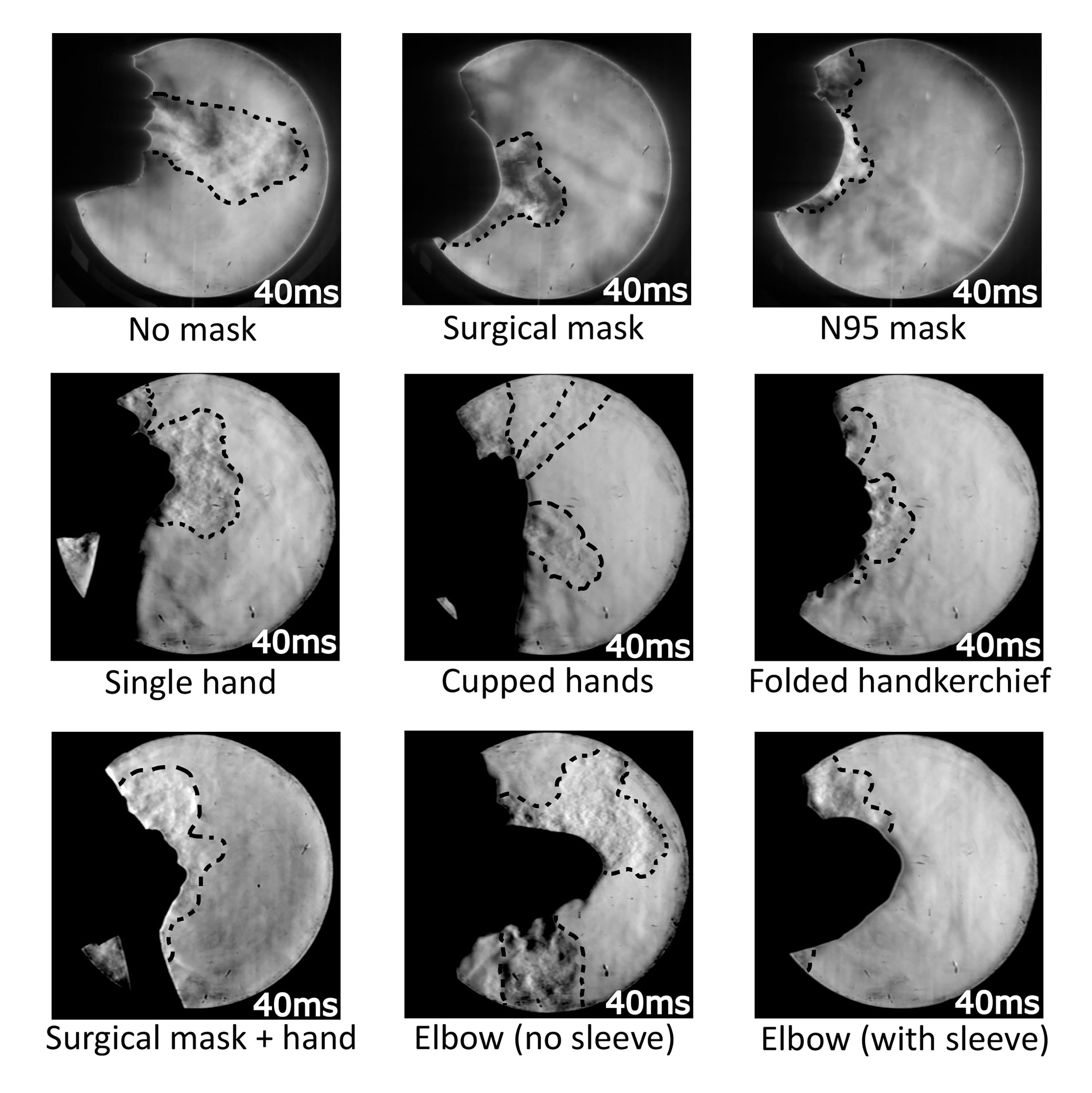
Effectiveness of Cloth Masks Depends on Type of Covering
Months into the COVID-19 pandemic, wearing a mask while out in public has become the recommended practice. However, many still question the effectiveness of this. To allay doubts, Padmanabha Prasanna Simha, from the Indian Space Research Organisation, and Prasanna Simha Mohan Rao, from the Sri Jayadeva Institute of Cardiovascular Sciences and Research, experimentally visualized the flow fields of coughs under various common mouth covering scenarios. They present their findings in the journal Physics of Fluids.
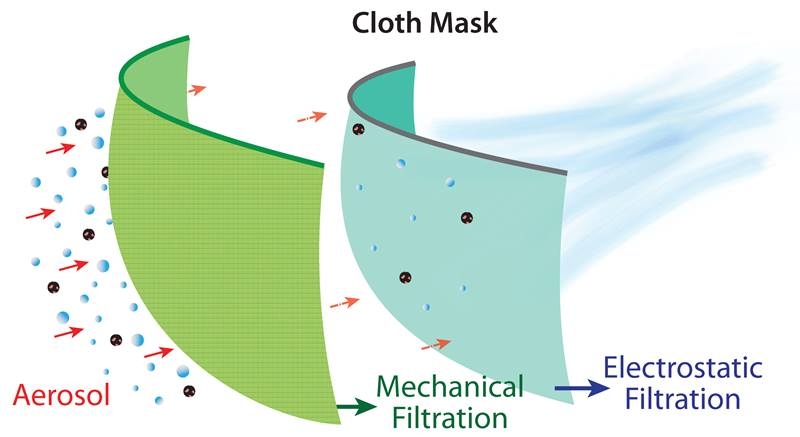
Facemask Fabric Filtration Efficiency
Scientists have completed an important and timely study of cloth masks. The study examined the filtration efficiency of fabrics and focused on aerosol particles in a range of sizes relevant to viral transmission through respiratory exposures. The best-performing masks used hybrid designs that include high thread-count cotton and electrostatic layers such as silk or polyester chiffon.

The Medical Minute: Separating mask myths from facts
We see and hear new COVID-19 news almost every minute of the day. But separating facts from fiction can get challenging, especially when it comes to masks. We bust some common mask myths with two Penn State Health experts.
Science behind face masks shows their benefit, Virginia Tech expert says
With social distancing restrictions easing nationwide, many areas are requiring people to wear face masks in public places. Wondering what type of face mask works best to prevent the further spread of COVID-19? Virginia Tech expert Peter Jobst explains the…
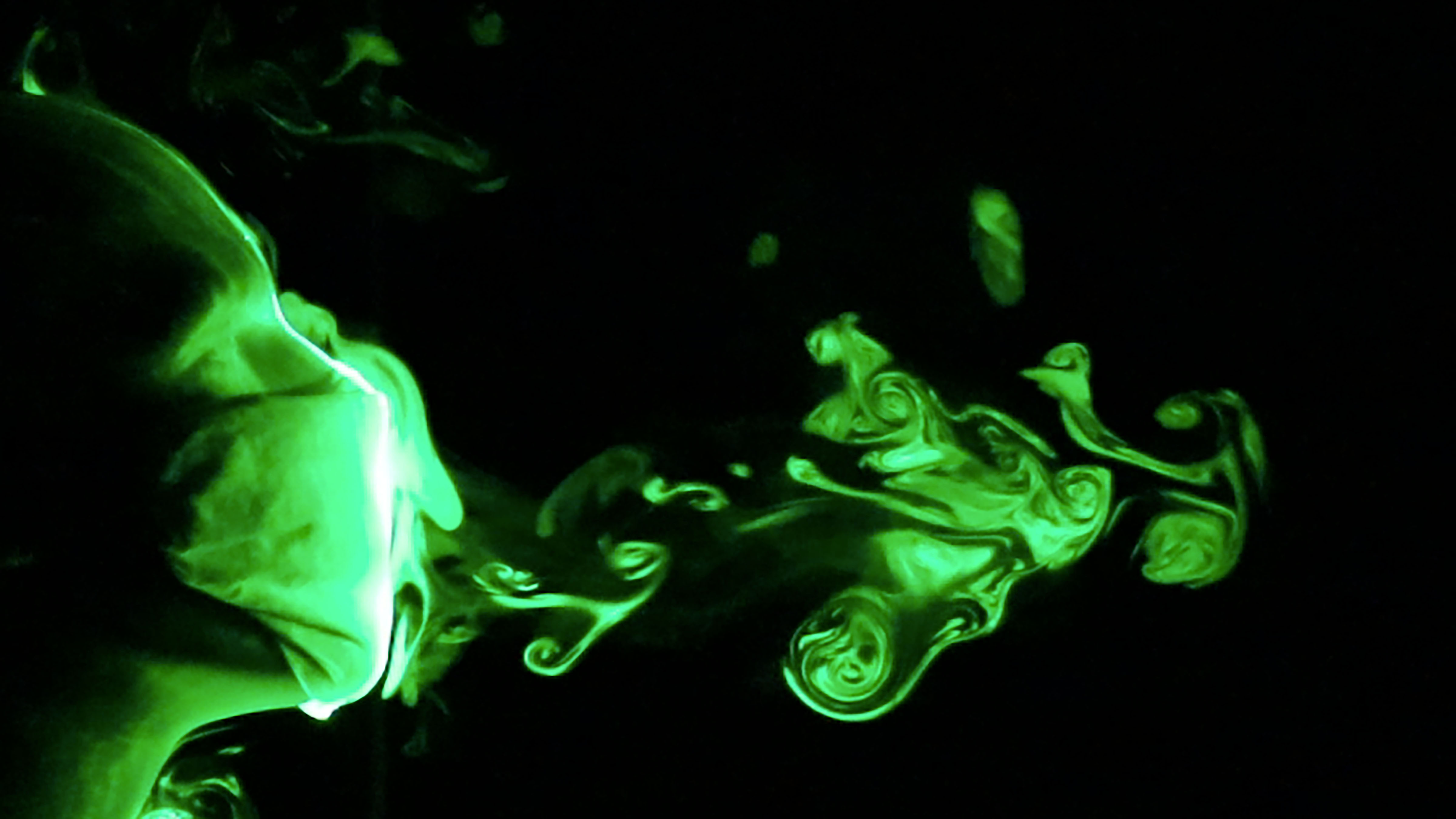
Face Mask Construction, Materials Matter for Containing Coughing, Sneezing Droplets
While the use of face masks in public has been widely recommended by health officials during the current COVID-19 pandemic, there are relatively few specific guidelines pertaining to mask materials and designs. A study in Physics of Fluids looks to better understand which types are best for controlling respiratory droplets that could contain viruses. The team experimented with different choices in material and design to determine how well face masks block droplets as they exit the mouth.

The Medical Minute: Don’t get lax with the mask
Since March, the COVID-19 pandemic has changed the way we learn, work and socialize. Now, as nearly all of Pennsylvania is in the green phase of reopening, it is essential for people to remain vigilant by wearing face masks when unable to maintain proper social distancing.

Countries with Early Adoption of Face Masks Showed Modest COVID-19 Infection Rates
Regions with an early interest in face masks had milder COVID-19 epidemics, according to a new letter-to-the-editor published in the American Journal of Respiratory and Critical Care Medicine.
Widespread facemask use could shrink the ‘R’ number and prevent a second COVID-19 wave – study
• Cambridge-led modelling looks at population-level facemask use.
• The more people use facemasks in public, the smaller the ‘R’.
• Even basic homemade masks significantly reduce transmission at a population level.
• Researchers call for information campaigns – “my mask protects you, your mask protects me” – that encourage the making and wearing of facemasks.
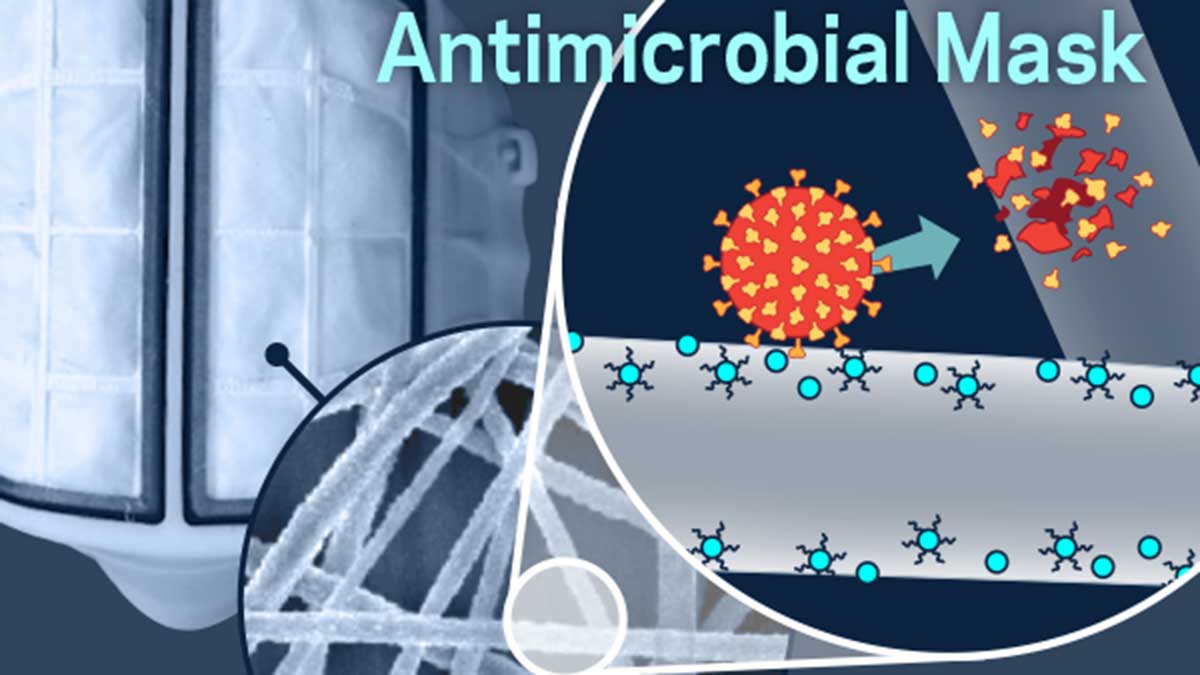
Notre Dame researchers to create material for new antimicrobial mask
Scientists and engineers are collaborating to translate existing water filtration technology to create a new fabric that will not only capture viruses, like the coronavirus, but also deactivate them.
Rutgers Expert Available to Discuss How to Reduce Risk on Vacation During COVID-19 Pandemic
New Brunswick, N.J. (May 18, 2020) – Rutgers University–New Brunswick Professor Donald W. Schaffner is available for interviews on how to reduce the risk of coronavirus infection on vacation, at vacation rentals and while traveling during the COVID-19 pandemic. “Even though everyone in the…
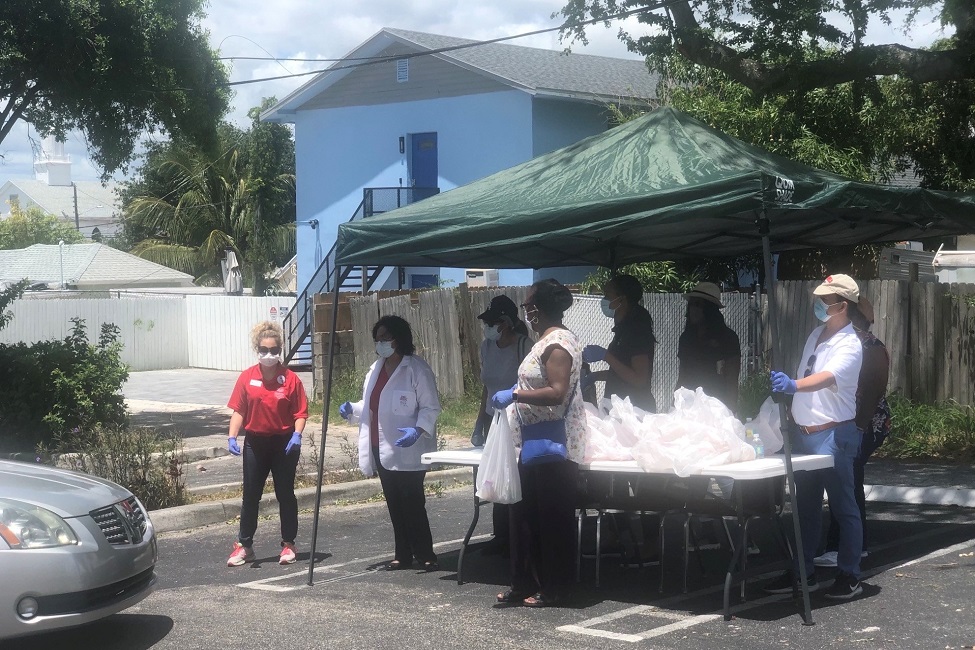
FAU Nurses Provide PPE for Homeless, Low Income Individuals During Pandemic
A team of FAU nurses is addressing the dire needs of a low income neighborhood in West Palm Beach by spearheading programs to provide lifesaving PPE such as face masks for those in need during the COVID-19 pandemic. People living in poverty as well as homeless individuals and those struggling with social determinants of health are at a higher risk of contracting COVID-19 and dying from it.
The best material for homemade face masks may be a combination of two fabrics
Researchers report in ACS Nano that a combination of cotton with natural silk or chiffon can effectively filter out aerosol particles –– if the fit is good.
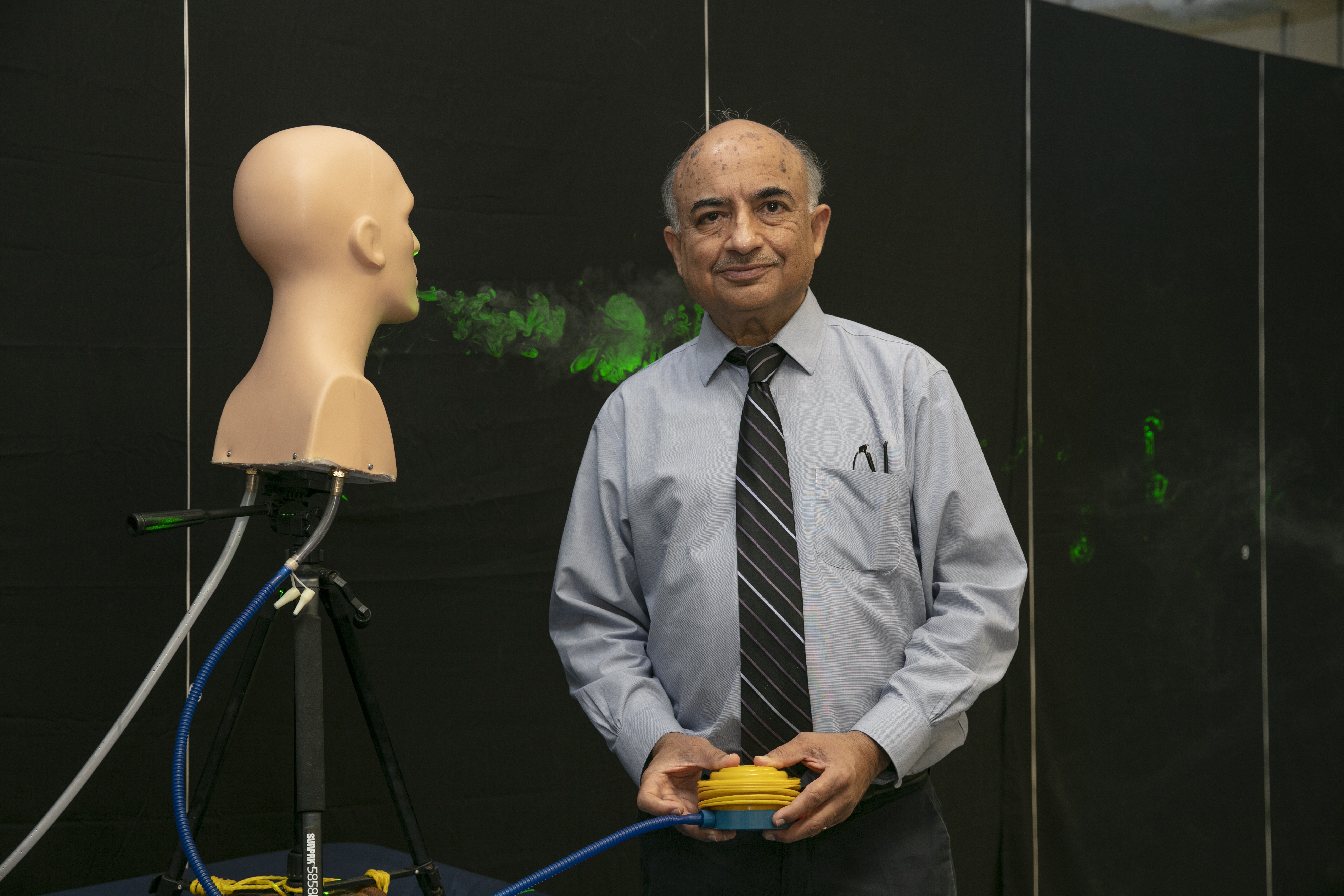
Stay 6 Feet Apart. Mechanically Simulated Cough Reveals That May Not be Enough
A preliminary, flow visualization experiment suggests that staying 6 feet apart may not be sufficient. It only took the particles from the simulated cough a couple of seconds to travel 3 feet; in about 12 seconds it reached 6 feet and in about 41 seconds it reached around 9 feet. For a heavy cough, the particles can even travel up to 12 feet. In addition, a face mask doesn’t stop the particles 100 percent, but it does slow down the cough jets.
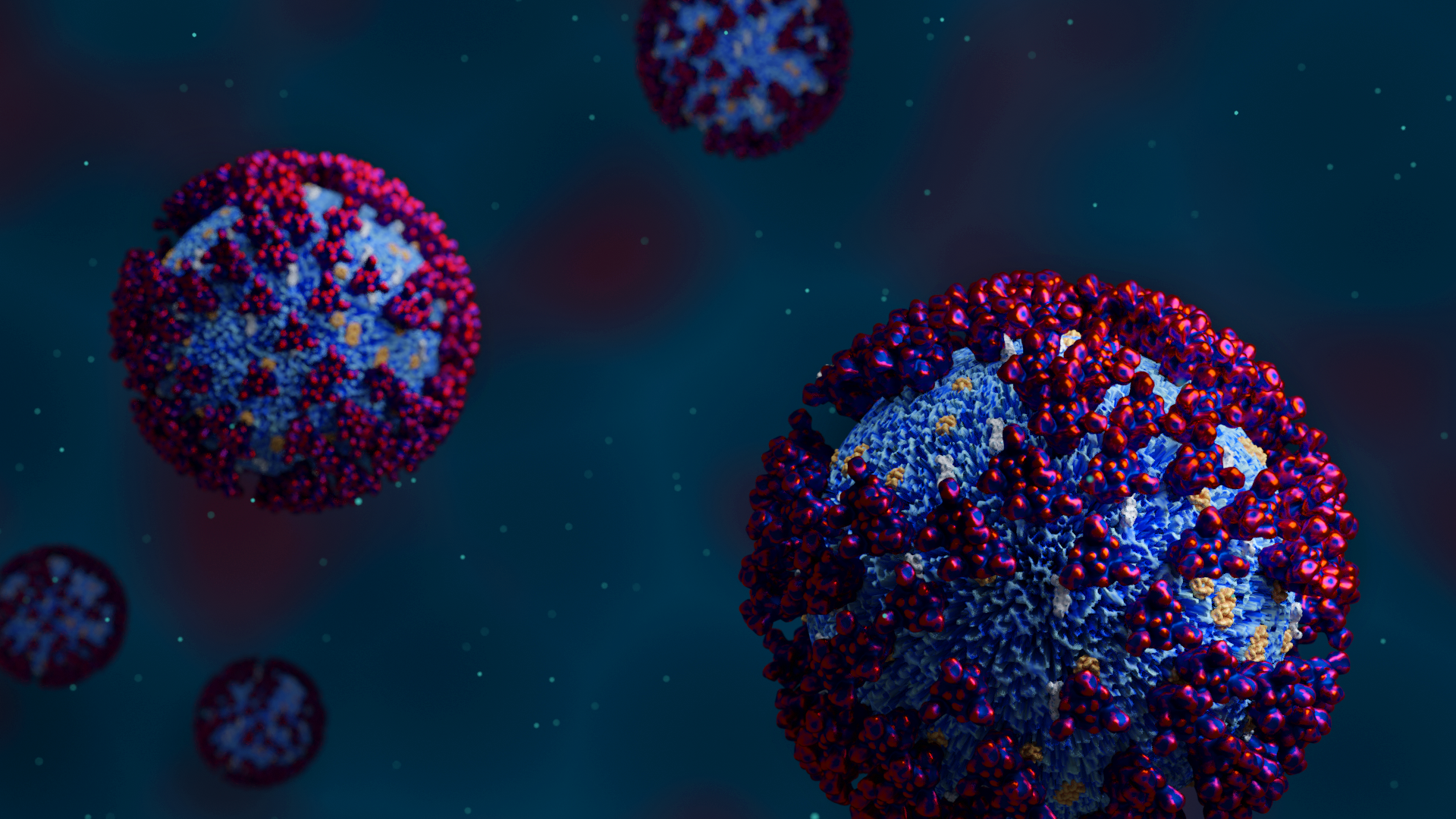
ORNL is in the fight against COVID-19
In the race to identify solutions to the COVID-19 pandemic, researchers at the Department of Energy’s Oak Ridge National Laboratory are joining the fight by applying expertise in computational science, advanced manufacturing, data science and neutron science.
Engineering develop ventilator and mask prototypes using 3D printing to help during coronavirus pandemic
Engineers at Binghamton University, State University of New York are working with healthcare providers in the region to develop technology to help deal with the coronavirus pandemic.
Environmental engineers study fabrics, materials for face covers
ROLLA, Mo. – The day before the federal government issued new recommendations that Americans wear cloth face coverings to help slow the spread of the coronavirus, a researcher at Missouri University of Science and Technology decided to test a few common household materials – pillowcases, scarves, furnace filters – “out of curiosity.
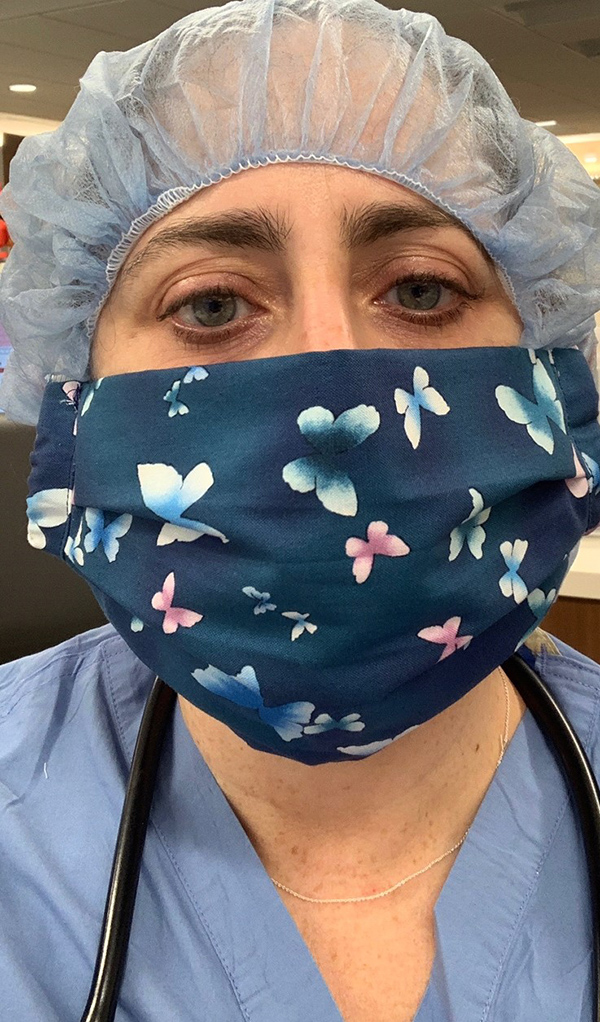
A guide to using nonmedical masks
There are some critical things to know about how to use a nonmedical mask correctly, because when used incorrectly, which is pretty easy to do, you could actually put yourself and others more at risk. Physicians at UTHealth break it all down.